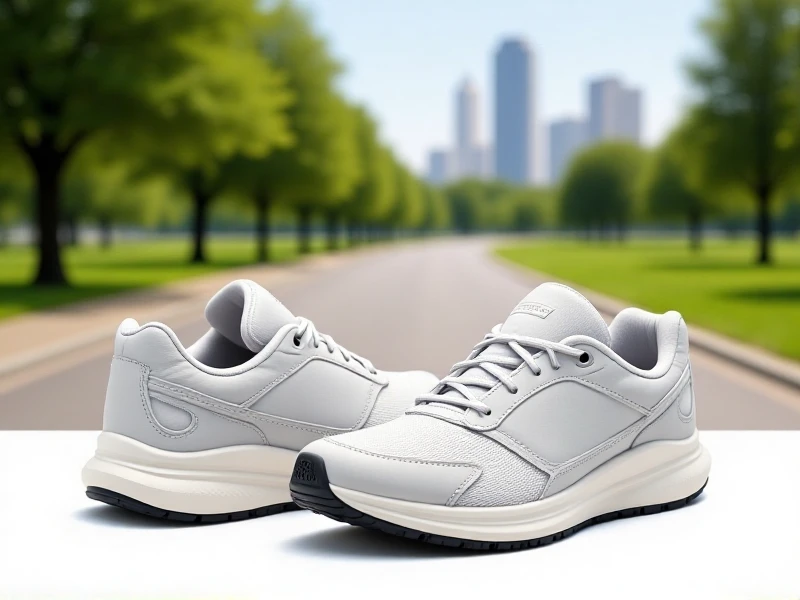
Find Your Perfect Fit: Your Ultimate Guide to Choosing Running Shoes
Stepping out for a run? The right pair of running shoes isn't just about looking good; it's your foundation for comfort, performance, and injury prevention. Running puts unique stress on your feet and joints, making your footwear choice absolutely critical. Forget grabbing any sneaker off the shelf. Investing time in finding your perfect match pays off mile after mile.
Imagine gliding down the trail or pounding the pavement, feeling cushioned and stable. That dream starts with understanding what your feet really need. Running shoes are engineered specifically for the repetitive impact and forward motion of running, offering vital features lacking in casual kicks. The best ones aren't the flashiest or most expensive – they're the ones designed for you.
Key design elements make all the difference. Flexibility allows your foot to move naturally during toe-off, while providing essential structure on landing. Modern running shoes offer varying levels of cushioning. Plush options absorb shock for easy miles, while responsive shoes translate energy into propulsion for speedwork. Pay close attention to the midsole – it's the powerhouse, often featuring advanced foams (like EVA, PEBA, or proprietary blends) that balance bounce-back and softness.
But how do you find your perfect pair? Start by considering how you run and where you run most:
- Foot Strike & Gait: Do you primarily land on your heel, midfoot, or forefoot? Does your ankle roll inward (overpronate), outward (underpronate/supinate), or remain neutral? Specialty running stores often offer gait analysis – invaluable for identifying shoes offering the right support (like stability or motion control models) or those built for a neutral stride.
- Running Terrain: Hard pavement demands excellent shock absorption. Trails require rugged outsoles with deep lugs for muddy or rocky terrain. Versatile road-to-trail shoes offer a hybrid solution.
- Distance & Purpose: Long, comfortable miles need reliable cushioning in a "daily trainer." Speed sessions benefit from lighter, more responsive options. Race day? Consider super-light racing flats or "super shoes" with carbon plates for elite performance.
- Comfort is King: Fit trumps all specs. Your heel should be snug but not tight. There should be about a half-thumb's width of space between your longest toe and the end of the shoe. Width should allow your foot to spread naturally without squishing. Walk – and ideally jog a little – in the store! Remember, sizing often differs between brands and models. Don't force a size 9 because you always wear it.
Running shoes have a lifespan. Experts typically recommend replacing them every 300-500 miles, as the cushioning and support degrade even if the tread looks okay. Worn-out shoes lose their ability to protect you, significantly increasing injury risk.
Finding your ideal running shoes isn't a one-size-fits-all task. It's a journey guided by understanding your body and needs. By focusing on fit, function, and the terrain you conquer, you unlock smoother runs, enhanced performance, and the sheer joy of moving effortlessly. Your shoes are your partners – choose wisely and run happy.